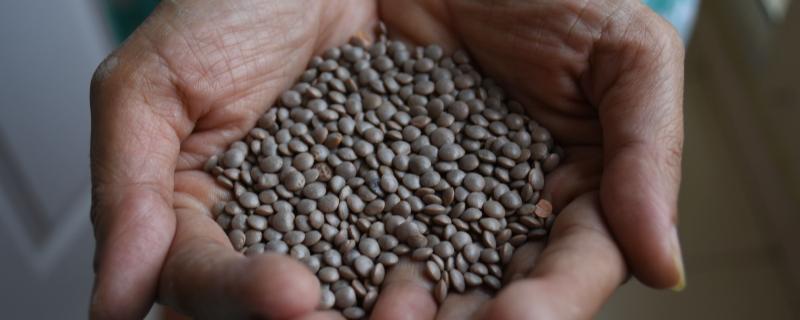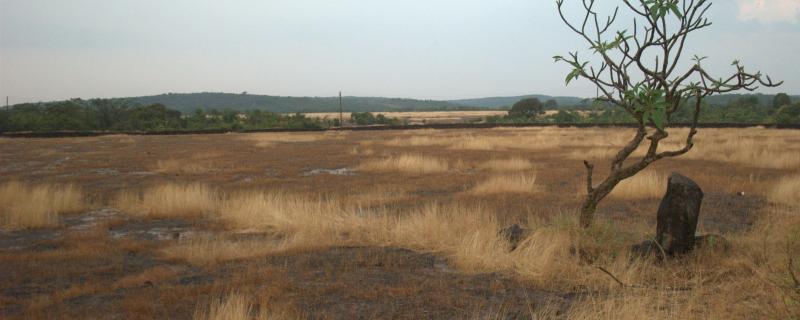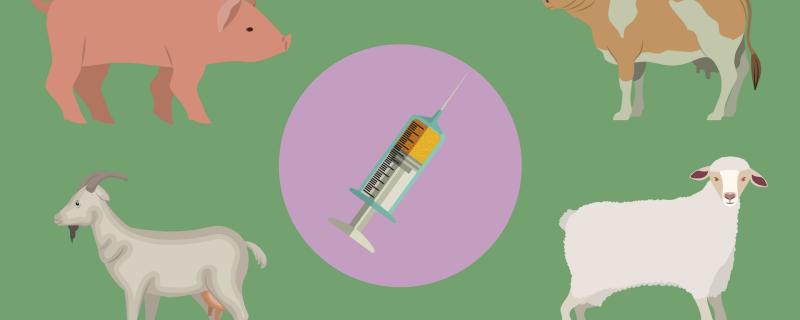Lentil (Lens sp.) is an edible pulse cultivated as a staple food throughout the regions of India, Sri Lanka, Pakistan, Bangladesh and Nepal. It is an important dietary supplement in the Indian sub-continent.
आईआईटी मुंबई द्वारा विकसित नया स्पाडानेट (SpADANet) नामक डीप लर्निंग फ्रेमवर्क सीमित लेबलों का उपयोग करते हुए कई, चक्रवातों में हुए हानि के वर्गीकरण की सटीकता को बढ़ाता है।
Mumbai/







